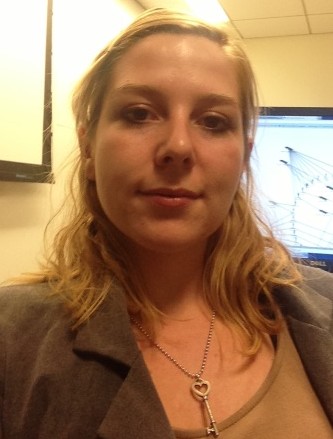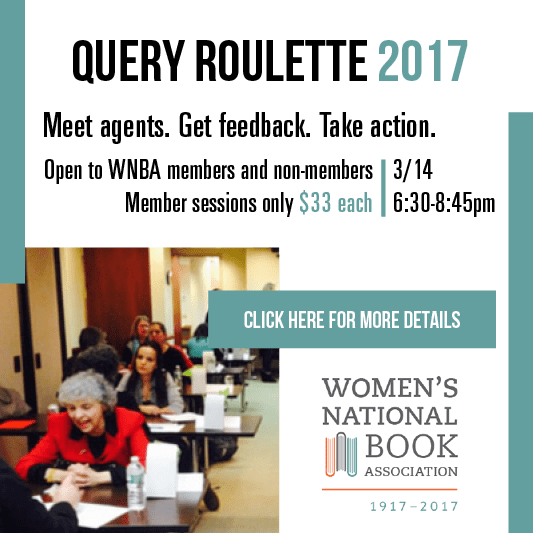 by Jenna Vaccaro, Guest Blogger
by Jenna Vaccaro, Guest Blogger
Jenna Vaccaro is a Graduate Assistant at Pace University’s publishing program. She loves the intersection of media and technology and hopes to build a career combining the two fields. Jenna previously worked at the Smithsonian Museum of Asian Art and volunteers her time at NGOs like the WNBA and Girls Educational Mentoring Services (GEMS.) She loves science-fiction and horror novels. Please find her on Linked In for more information.
“If you want to change the world, you have to change the story.”
– Wendy Levy, New Arts Axis
WNBA United Nations Youth Representatives Jenna Vaccaro and Diana Cavallo attended a fascinating day of programming at UN Headquarters designed to give NGOs the tools to create meaningful media that has real impact. Be it in the political, NGO, or business world the change has come- any entity that does not have an online media presence is behind the times and unlikely to succeed. Consumers rarely trust a company with few followers or positive comments. However, having a million followers is meaningless if your content does not inspire people to act. A brand with a small following and empowering content can have much better impact than a large one that does not prepare its followers to act.
Wendy Levy of New Arts Axis, leader of the presentations, says that the audience is no longer an audience. The best way to engage the people formerly known as an audience is to participate with them through social media and prepare them with tools and motivation to take action. Attendees were treated to presentations by technologists and artists who have an eye for social justice and change. Filmmakers Dara Kell and Chris Johnson showed multimedia projects that had succeeded in achieving their goals of social change. Chris Johnson’s project Question Bridge started as a museum exhibition and grew into an online phenomenon documenting young black men’s questions for the older generation around issues of racism, injustice, and stereotyping. The project allowed young unknown men to connect with well-established civil rights leaders and lets the world in on their meaningful dialogue. Dara Kell’s documentary Dear Mandela chronicles the first post-apartheid generation of South Africa. The main takeaway from these multimedia projects is that the conversation should not end after you view a film or read a book- you must create a dialogue and give people the mechanisms to share the idea and become involved.
Google employee Eric Doversberger began the afternoon session by discussing the way NGOs can use data visualization to leverage more funding, fans, and impact. There are many Google applications that can help you create meaningful transmedia projects. In an effort to make people aware of drug violence in Mexico, authorities released numerical data on murders in their country. Combined with the power of Google maps and ingenuity from the tech teams of newspapers, people are now able to see trends in location and timing laid out in map format. It is believed that the visualization of this data is more influential than a simple number because you can see the full scope and size of the problem. Here are some other web apps discussed for using and visualizing data.
- Tableau Public– A free data visualization system that represents static information for reports, websites, and publications.
- Gephi– Another free visualization system that can handle more complex computations and more customizable representations.
- Sparkwi.se– This free and extremely user-friendly system can populate your data directly from sources like Facebook and Google Analytics and updates itself in real-time. E.G, if you update your member list, your data visualization automatically updates at the same time.




